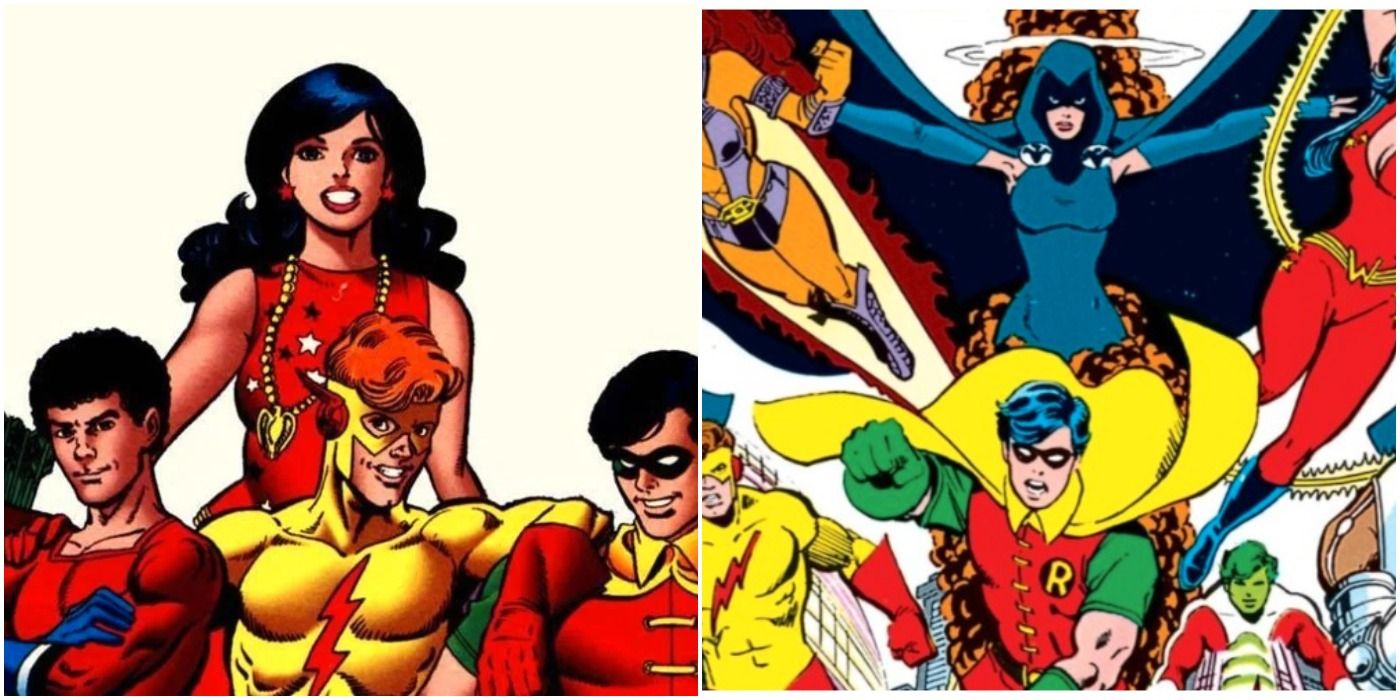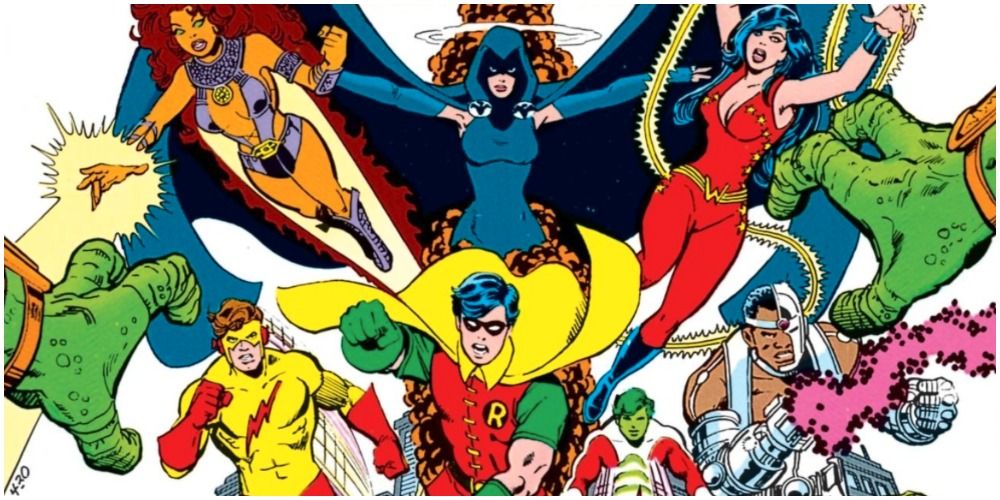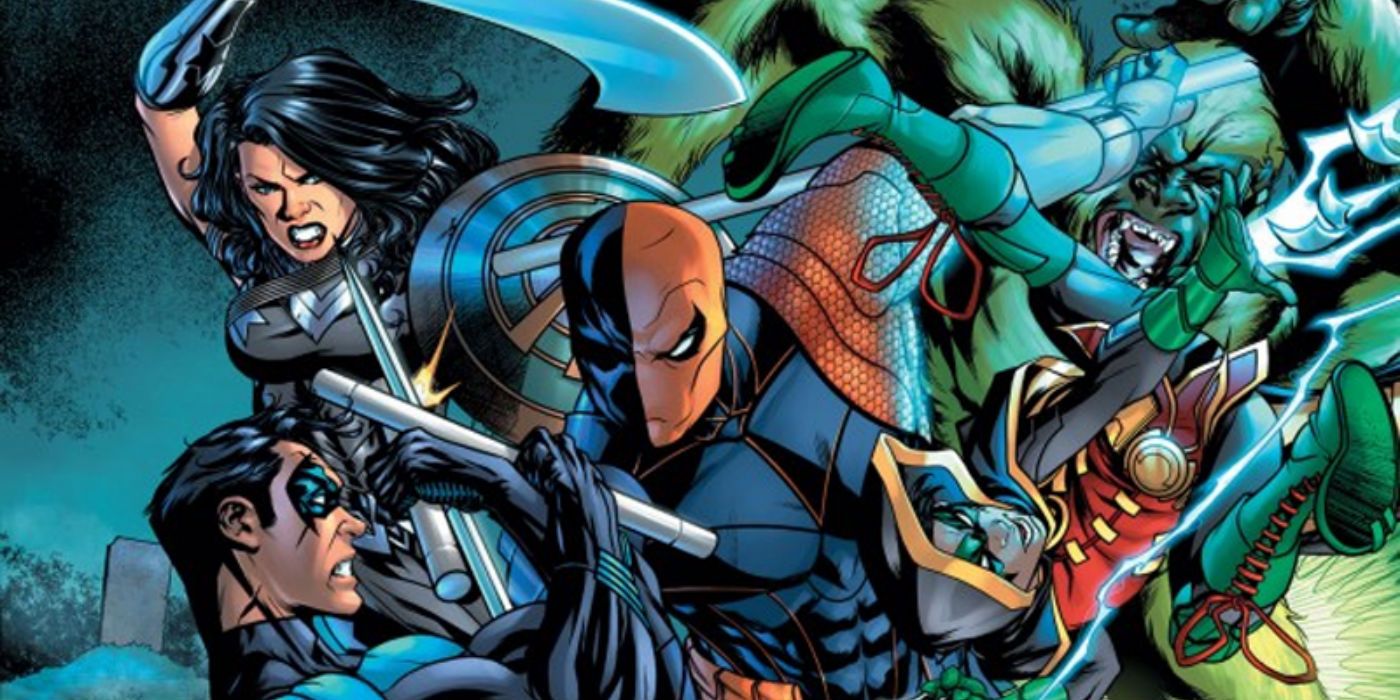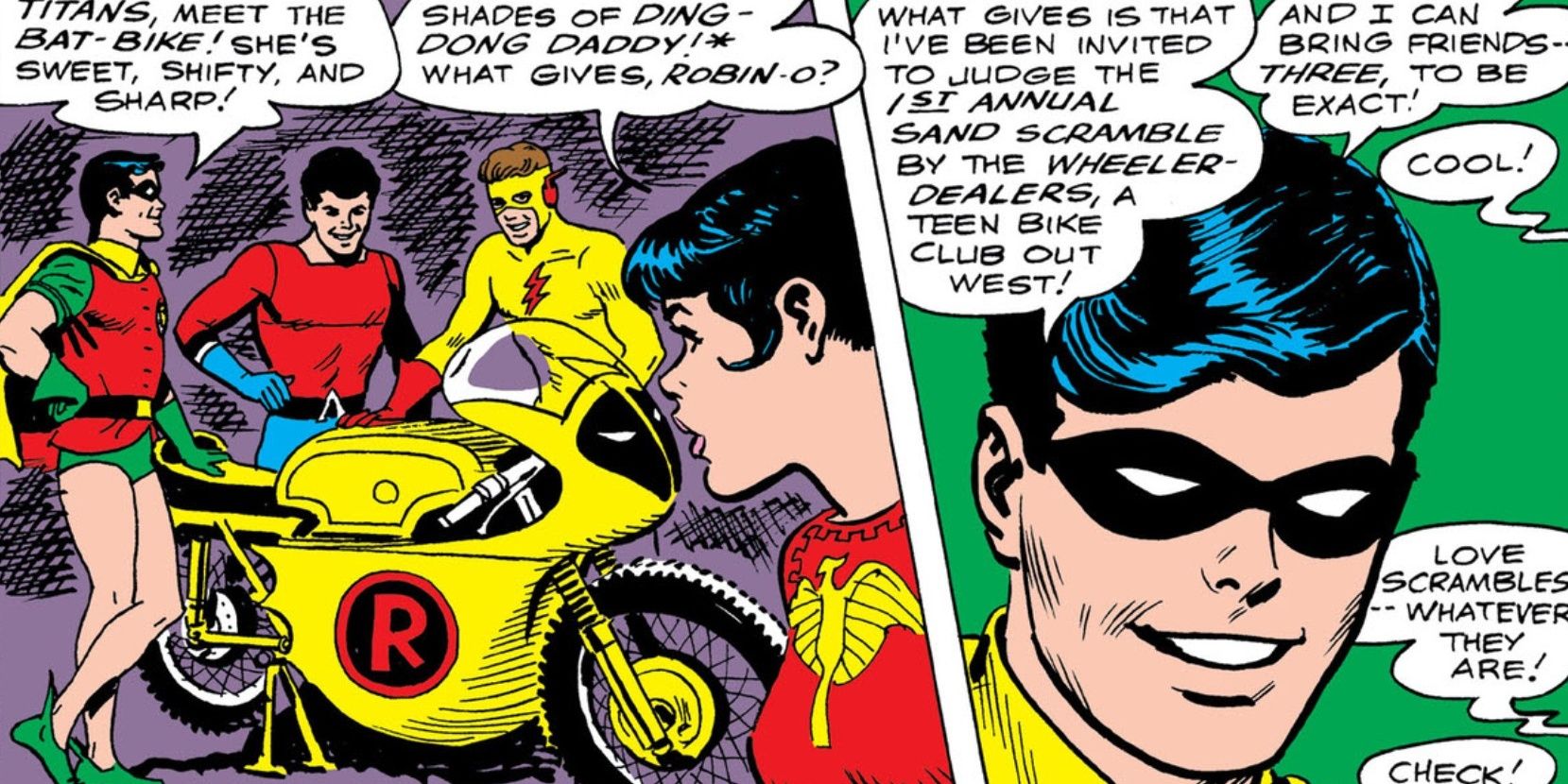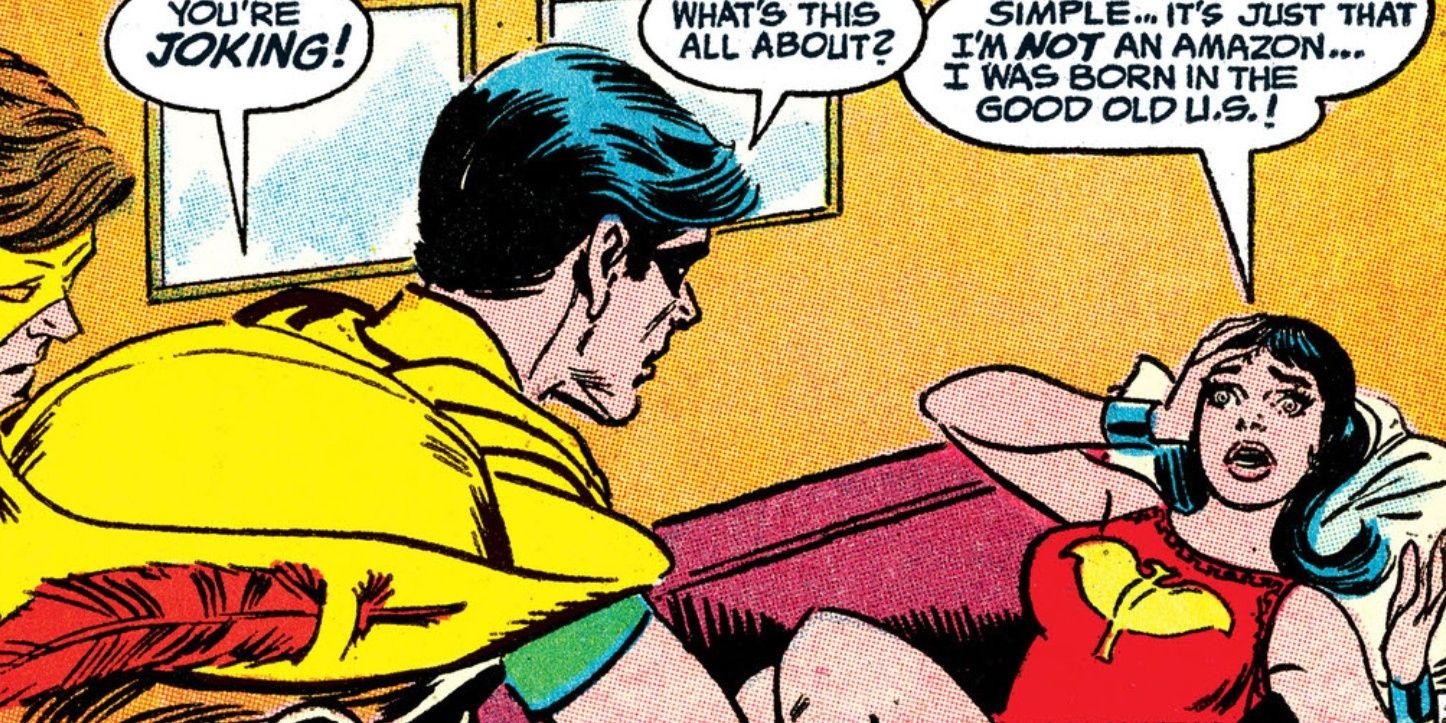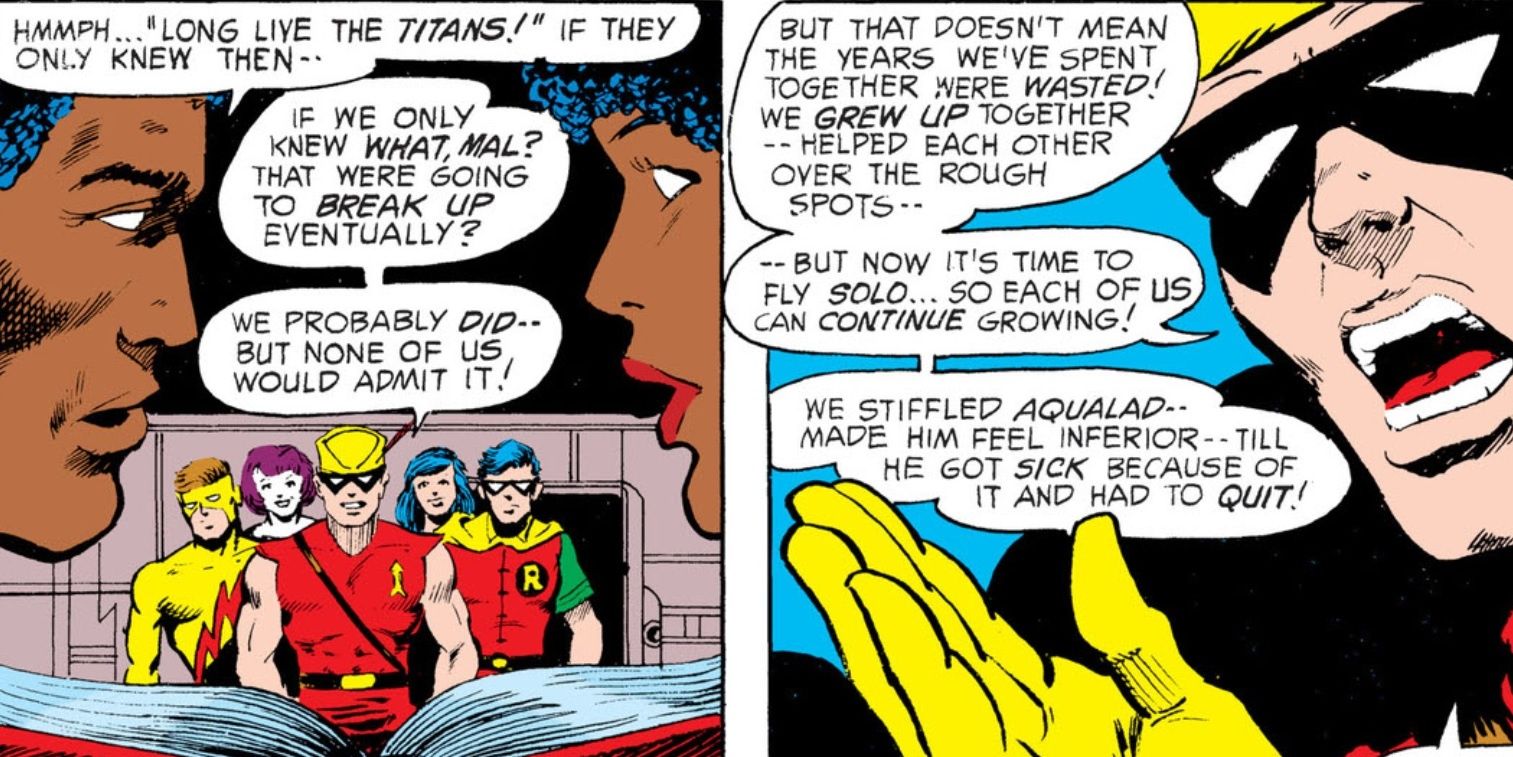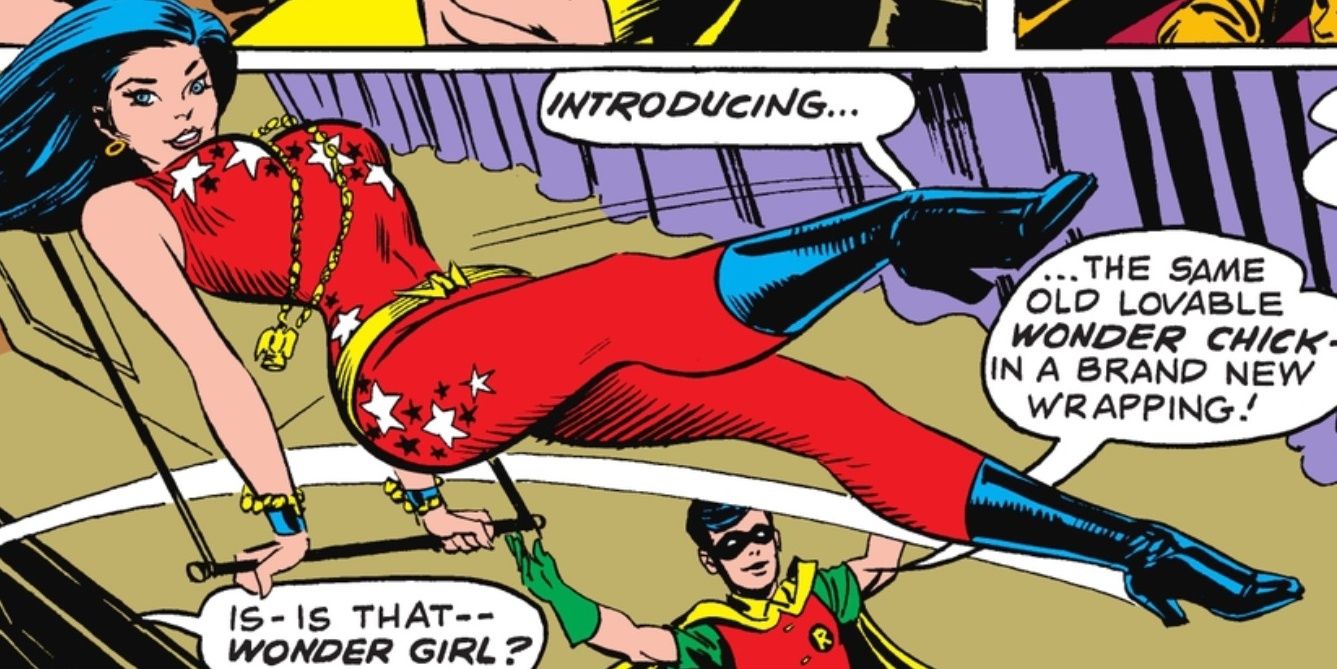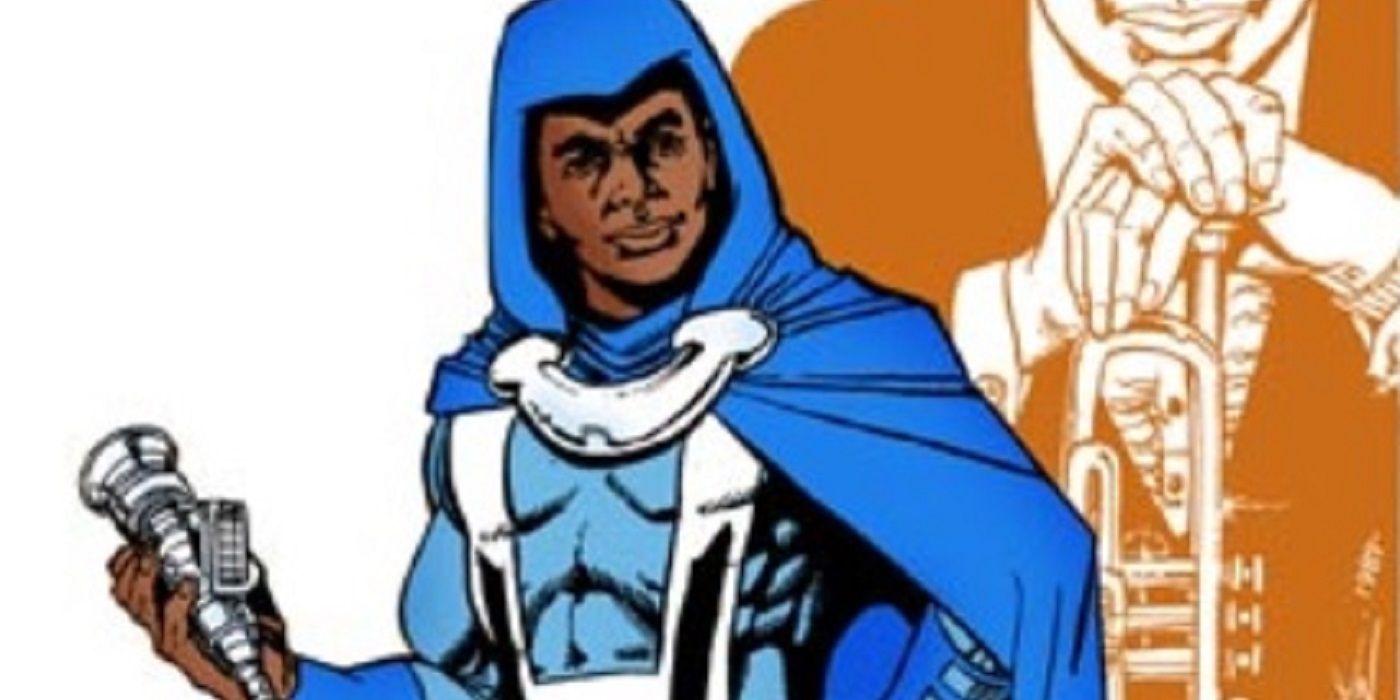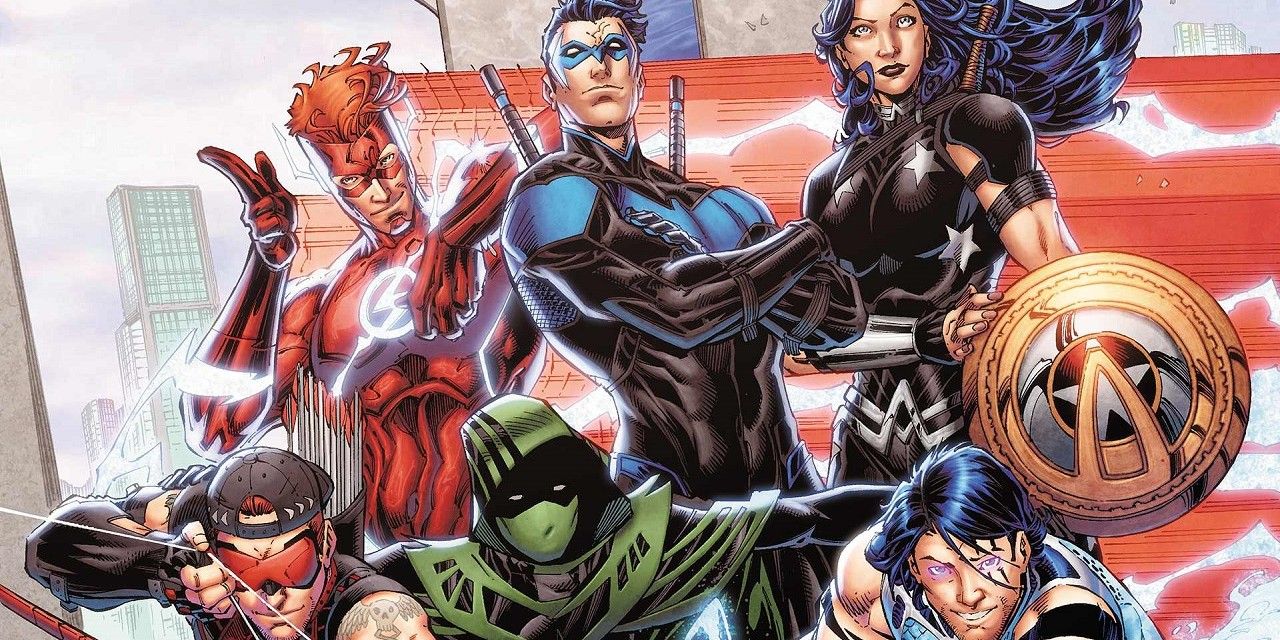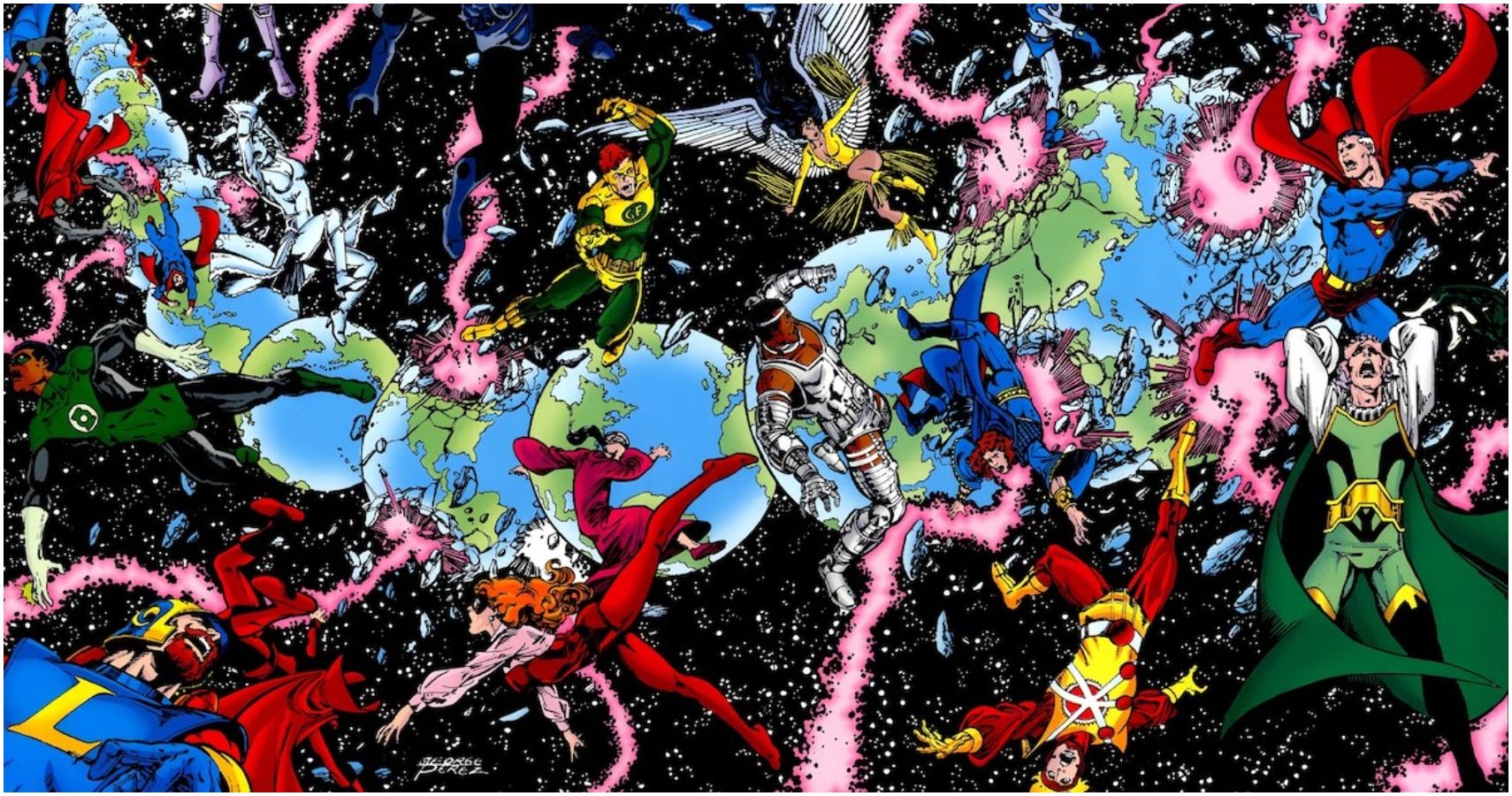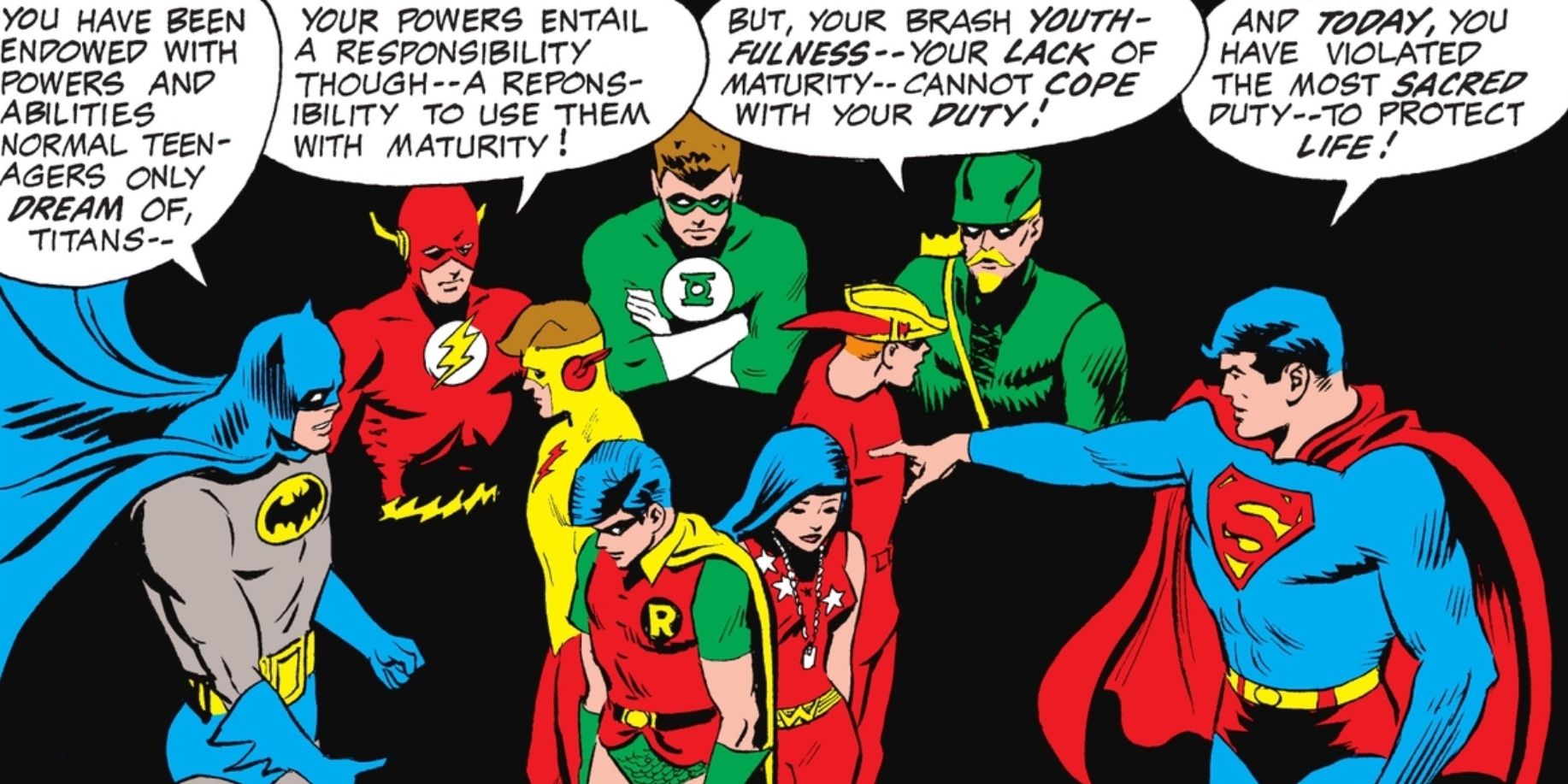Given the many adaptations, it's safe to say that the Teen Titans are one of the most well-known DC properties. The present-day success of the Teen Titans owes a lot to the work of Marv Wolfman and George Perez in the 1980s. However, the Teen Titans have been around since the 1960s.
The original Teen Titans formed when a group of sidekicks came together to star in their own book. The series only lasted 53 issues and ended in 1978. The New Teen Titans began in 1980, and anything prior to that isn't as good. That being said, going back and reading the Teen Titans comics from back then is going to come with some harsh realities for and DC fan.
10 The Best Titans Don't Appear Until Later
The original line-up of the Teen Titans is iconic, but that's owed to the fact that they look like the junior version of the Justice League of America. The Teen Titans wouldn't get their own unique identity until after the sidekicks leave the book.
Dick Grayson was on the team as Robin and Beast Boy made a couple of appearances, but it wasn't until the New Teen Titans era when Raven, Cyborg, and Starfire — who are known today as the definitive Titans — show up and when Dick takes on his Nightwing identity.
9 There Are No Memorable Villains
Deathstroke, Trigon, H.I.V.E. — the Teen Titans have encountered a wide range of villains who are thought of as some of the best villains in the DC Universe. However, readers won't find any of them in the old issues of Teen Titans.
Nearly every villain the Teen Titans fight in the original series are done-in-one characters, many of whom are normal humans on motorcycles. Villains like the Scorcher or Captain Rumble are defeated and then never heard from again. Even the high-profile Dr. Light makes an appearance, but he doesn't leave much impact.
8 The Teen Speak Is Painful
A modern comic book reader might find older comic books harder to read because of characters narrating everything they do and general wordiness. Early Teen Titans comics suffer from the same issues in addition to having hip-sounding language.
Other comic books of that era didn't feel the need to be cool, but the selling point of Teen Titans was an appeal to the youth, and with that came an overuse of popular period slang. As a result, dialogue is less natural-sounding and comes across as forced and painful to read.
7 Wonder Girl Didn't Have An Origin
Each of the original Teen Titans had an established history with their mentor with the exception of Wonder Girl, who was never Wonder Woman's sidekick. Wonder Girl originated as a younger version of Wonder Woman for that series, but when she was brought over to Teen Titans, she became a new character with no explanation or given history.
Wonder Girl continued as a Teen Titans character under the assumption she was an Amazon. She wasn't given any backstory until Issue #22 when she tells the others where she came from.
6 The Original Series Came To An Abrupt End
Bob Haney wrote Teen Titans for most of its run. After a three-year gap, Bob Rozakis began writing in Issue #45 and took the book in a new direction. His run only lasted nine issues until the series ended.
Haney's Teen Titans comics were self-contained issues, but Rozakis created arcs that would continue from issue to issue. With the sudden end to the series, the Titans simply decide that they have outgrown the team and that they must strike out on their own, thus dropping everything Rozakis had set up.
5 The Teen Titans Are Overwhelmingly Male
Much like Wonder Woman being the only woman in the Justice League, the Teen Titans counted Wonder Girl as their sole female member. Despite being one of the most powerful members and being useful in fights, Donna was often referred to with dated nicknames like "Wonder Doll" and "Wonder Chick."
Later in Teen Titans' run, Lilith, Bumblebee, Bat-Girl, and Duela Dent would be introduced and count themselves as Teen Titans. However, none of them were as important as Wonder Girl or later additions to the team like Raven and Starfire.
4 The Teen Titans Are Overwhelmingly White
Diversity wasn't a strong point in any comics of the Silver Age. Even with characters from foreign lands like Wonder Girl and Aqualad, there wasn't any racial diversity in the original line-up of the Teen Titans, and the rest of the series' run didn't do much better in that regard.
Mal Duncan first appeared in Teen Titans #26 during a roster change. While Mal would be a main character in the latter half of Teen Titans, his inability to adopt a permanent superhero identity made him less memorable than his teammates.
3 There Is No Character Progression
The founding Teen Titans these days are thought of like the teen sidekicks who grew into heroes in their own right and inspire the current generation of sidekicks, with most of them having children of their own. However, none of this growth happens in the older comics.
The Teen Titans heroes age a bit and Wonder Girl gets a new costume, but none of them take on new identities or step out of the shadows of their mentors. Characters are stagnant, and their defining moments don't come until issues down the road.
2 Crisis On Infinite Earths Undid A Lot
When Marv Wolfman and George Perez began New Teen Titans in 1980, they followed the continuity that the original series set up. Then they did Crisis on Infinite Earths in 1985, undoing previous DC continuity. The Teen Titans went forward with a new history beginning with Volume 2 of New Teen Titans and Issue #14.
Older stories were referenced, but they didn't play out the same way they did in the original Teen Titans comics. Teen Titans comics prior to 1980 don't factor into stories that take place afterward and only cause confusion.
1 There's Not Much Interaction With The Justice League
The Justice League of America is the premier team of the DC Universe, and the Teen Titans are their sidekicks. Given this situation, readers would expect there to be team-ups and coordination between the two teams like in the Young Justice cartoon, but that's not the case.
The adults made cameo appearances in the early comics as their sidekicks would say goodbyes to them before going on a mission. The Justice League does appear in Issue #25, but the voice of authority ends up coming from the Titans' benefactor, Loren Jupiter.

